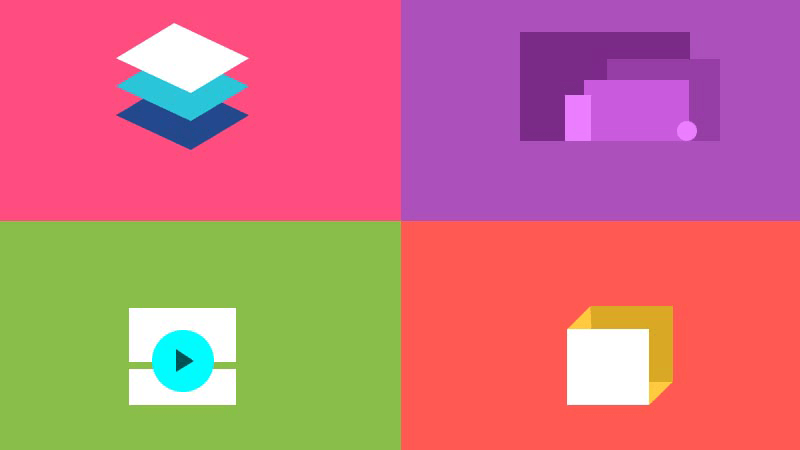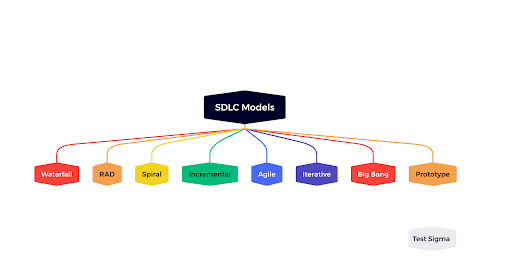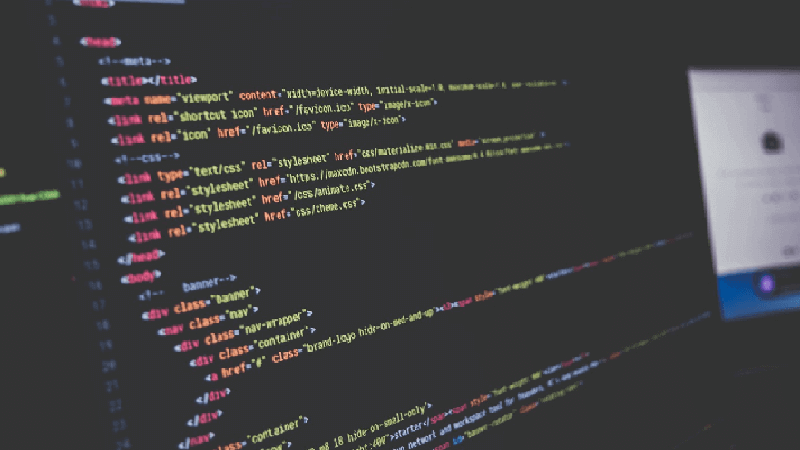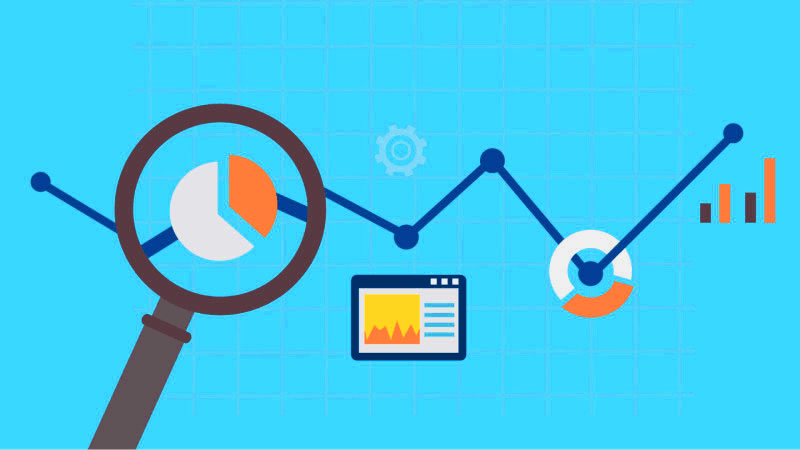
A material design represents the visual impression of a material that is designed creatively with the help of technology tools and scientific methods too. The material design of Google was first started in the year 2014. It’s a design language created for Google’s Android operating system (OS) used in mobile devices. Google started the concept of material design to connect the gap between the physical and digital worlds.
The material design language was created for Android devices and used to create a good foundation for user interfaces. Material design mainly involves the physical appearance of the interfaces not to the digital impression of them. Thus, material design is a language, not a UI kit or a collection of interfaces. However, this language has changed the rules of designing interfaces for Android devices in the most creative manner.
Material Design Benefits
The material design of Google is the language that gives several benefits to developers to create useful interfaces for Android devices and web based applications. Some vital advantages of material designs are:
- It supports the Android platform that is good for both UI and UX.
- The design principles involved in this language help to create a quality interface of an Android device.
- This language provides a well-documented set of rules, which enable developers to create engaging and easy to use interfaces for Android phones.
- Therefore, the Material design enables to have a virtual feel of the objects or interfaces created by using this language.
- This language helps create animation interfaces or motion attributes for the devices.
- The material design framework is compatible with all Android platforms and is known for flat graphical interfaces too.
- So, it is very cost-effective and easy to use a language tool for Android apps to design and develop for devices.
Web and app development
Material design frameworks play a vital role in both the web and app development works. The frameworks have proposed many ways to develop attractive interfaces, UI web applications, and easy to use options for Android phones. Due to that, the developers are now diverting towards Google’s material design frameworks and use them frequently in their web and app development projects.
There are many material design frameworks used in the web and app development to create good looking interfaces and deliver excellent results for UI frameworks and Bootstraps too. So, some of the best known material design frameworks used in web and app development are as follows:
Material UI
Material UI is a useful CSS framework and is a collection of components that utilize Google’s material design. After that, it provides support to the web components like Icons, Buttons, Toolbars, Switches, Dialog box, Dropdown menu, etc., and help them develop accurately.
Materialize
Materialize is the latest responsive front-end framework that uses material design and includes some basic components like forms, buttons, cards, grids, etc. Therefore, it is widely used in web-related projects and give support to CSS files, material design icons, SCSS files, etc.
Bootstrap Material
Bootstrap is a theme based framework provides all possible components used in it. It may include 740 original material design icons that can be available in the Google Material Design gallery.
Angular Material
This is the framework that uses material design to provide great support to UI components and make them accessible and reusable as per demand.
Polymer
A polymer is a collection of the web components that implement Google’s material design easily. Hence, this framework gives better support to all modern browsers like Firefox, Chrome, Safari, etc.
Ionic Material
This framework is widely used for developing hybrid applications in HTML 5. The ionic developers frequently use this material design framework for their ionic projects, as it provides an extension library that includes attributes used in creating attractive framework designs for web based projects.
Conclusion:
Google’s material design frameworks help developers to create engaging web applications and quality user interfaces for Android devices. So, choose your right suite material design framework and implement it in your web based project smartly.



